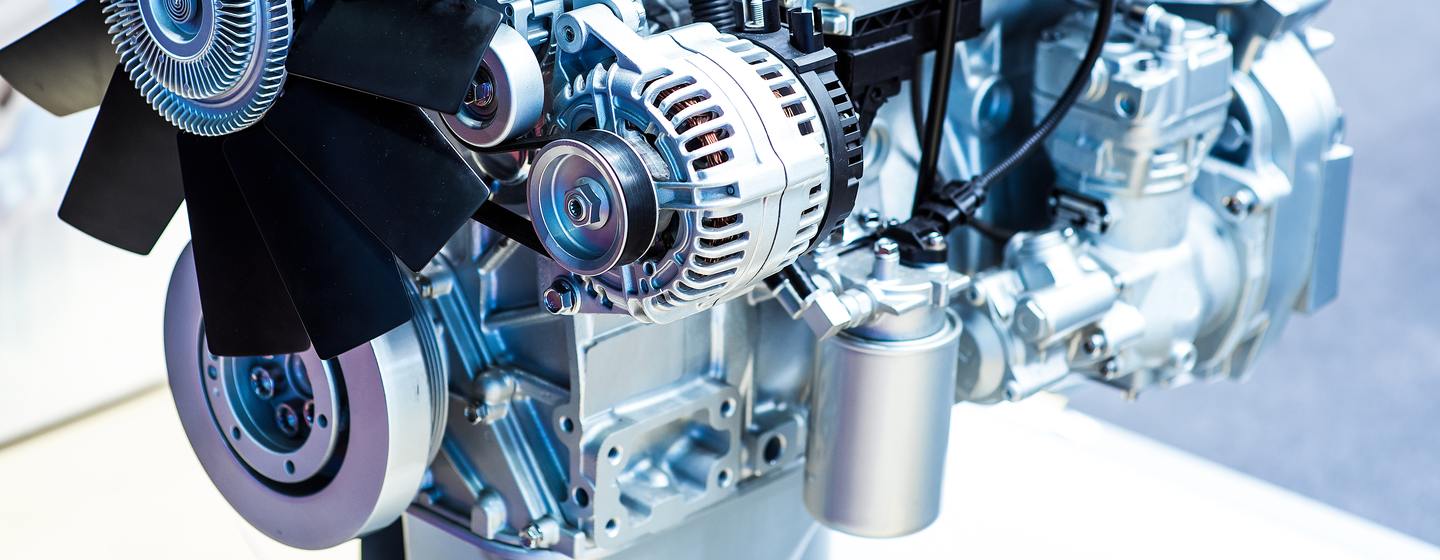Conducting daily checks for motor yachts is a fundamental practice that holds paramount importance for several key reasons.
These routine inspections contribute to the overall safety, reliability, and efficiency of the yacht, ensuring smooth operations and minimizing the risk of unexpected issues while at sea.
The Importance of Daily Checks
Here are some crucial reasons why daily checks for motor yachts are essential:
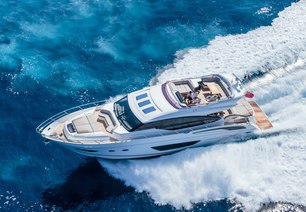
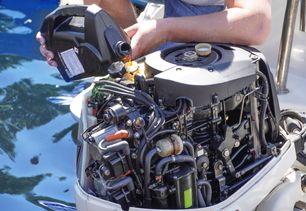
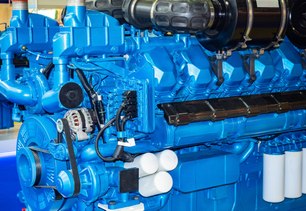
- Early Detection of Issues: Daily checks provide an opportunity to identify potential issues or abnormalities in the yacht's systems at an early stage. Detecting problems in their nascent state allows for prompt intervention and preventive maintenance, preventing minor issues from escalating into major, costly problems.
- Ensuring Safety: Safety is of utmost concern in maritime operations. Regular checks help ensure that all safety systems, including navigation equipment, communication devices, and emergency systems, are functioning correctly. This proactive approach significantly reduces the risk of accidents or emergencies at sea.
- Optimizing Performance: Daily inspections contribute to optimizing the yacht's performance. Regularly monitoring engine parameters, propulsion systems, and fuel levels allows for adjustments and fine-tuning to maintain peak performance. This, in turn, ensures fuel efficiency and extends the overall lifespan of the yacht's components.
- Preventive Maintenance: Daily checks form a crucial part of a broader preventive maintenance strategy. By identifying and addressing issues early on, yacht owners and crew can implement timely maintenance and replace or repair components before they fail. This proactive approach minimizes downtime and associated costs.
- Prolonging Equipment Life: Regular inspections and maintenance contribute to the longevity of the yacht's equipment and systems. Preventing wear and tear, addressing corrosion, and ensuring proper lubrication all play roles in prolonging the life of crucial components, and reducing the need for premature replacements.
Remember: WOBBLES
It might sound like complete nonsense right now, but the acronym WOBBLES is an easy way to remember which daily checks you should carry out to ensure your yacht stays in top operational condition.
W: Water
The water utilized by the heat exchanger for engine cooling is seawater. In the case of outboard engines, you can easily spot the spout above the waterline emanating from the motor. Ensure that it is transparent, uniform, and lacks any taste other than seawater.
If dealing with inboard engines, verify that the seacock is in the open position, the strainer is free from obstructions, and the coolant is at the designated levels.

O: Oil
Staying on top of engine lubrication is key to ensuring your propulsion system continues to function as required. To check the oil level, locate your dipstick and pull it out. Wipe it clean and then place it back into the dipstick tube. Withdraw it again and make certain that the oil is between the fill lines. If low, then top up accordingly.
Note: Oil levels can change significantly when an engine is hot or cold, so make sure to check this before setting off.
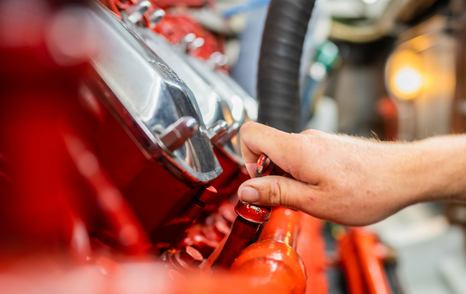
B: Belts
Checking that your engine's belts are in good condition and are at the right tension is vital, as these drive both the freshwater pump and the alternator.
If these snap or are loose, the pump and alternator can stop working altogether, or alternatively, the efficiency of both items can be greatly hindered. If you notice any damage or slack, change or adjust the belts right away; preventative maintenance is key.
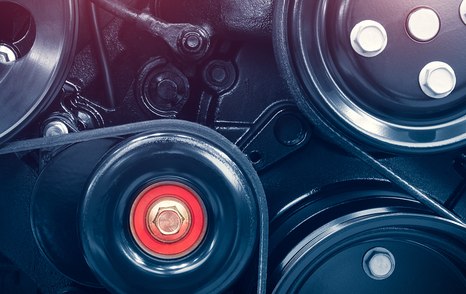
B: Bilges
While the engine warms up, take a moment to open the bilge hatch and inspect it. Any problems will be immediately apparent: if water is pouring into the bilge, it could indicate a loose hose, a broken fitting, or even a forgotten drain plug.
During a bilge inspection, note that a small amount of water in the bilge is generally not worrisome. However, if there are gallons of water sloshing around below deck, it signals a potential leak. Activate the bilge pump(s) and, in cases of substantial flooding, initiate manual bailing with a bucket.
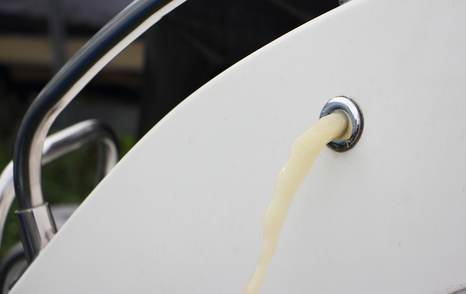
L: Look
It might sound simple, but looking at your yacht's engine is a proactive and responsible practice that contributes to the safety, reliability, and longevity of your vessel.
This easy-to-do step allows for early detection of issues, facilitates preventive maintenance, and ensures that your yacht operates at its best, providing a more enjoyable and secure yachting experience.
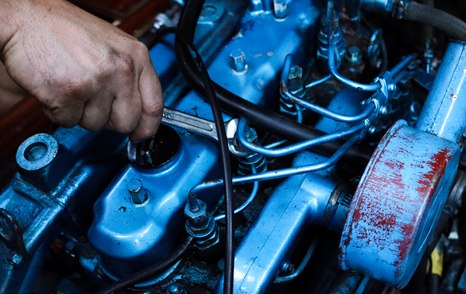
E: Electrics
Inspect wiring for chafing, exposed wires, and melted insulation, as these pose serious fire risks. Chafing can result from improper fixings, vibration, or contact with sharp objects. Protect exposed wires with marine-grade replacements and suitable conduits, grommets, or padding.
Melted wires, indicative of overheating, require immediate attention, potentially involving thicker wires or better fuses. Ensure fuses are appropriately rated, and address weak connections promptly, avoiding the use of electrical tape for repairs. Regularly check and tighten connections to prevent corrosion and fire hazards.
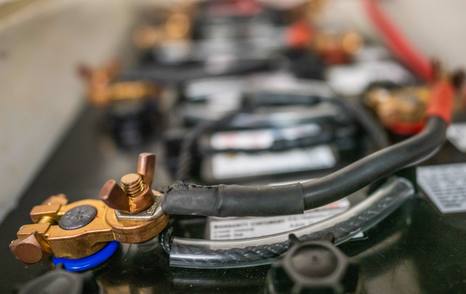
S: Seacocks
Regularly operate the seacocks by opening and closing them. If you notice any unusual tightness or looseness, it's advisable to have them inspected. Potential causes may include debris in the opening, a loosening nut, or an internal problem with the seacock.
Check the handle for any unnecessary movement; ideally, it should remain stable. If there is any wiggling, it could indicate corrosion or other damage to the shaft connecting it to the inner valve, necessitating a replacement. Before leaving the yacht, consider closing all seacocks to prevent potential flooding and sinking, even in the event of a hose detachment.
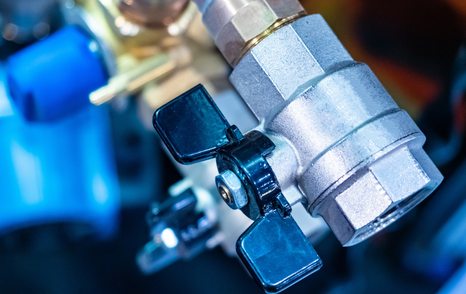
Engine Logs
Maintaining detailed engine logs is not just a matter of responsible yacht ownership; it is a strategic practice that contributes to the vessel's longevity, safety, and operational efficiency.
The records serve as a comprehensive historical account of maintenance activities, performance trends, and compliance with regulations. Engine logs empower yacht owners and operators with the information needed for timely preventive maintenance, troubleshooting, and informed decision-making.
Beyond compliance and safety, a well-kept logbook enhances the yacht's resale value and provides a valuable reference for warranty claims. Embracing the discipline of keeping engine logs is an investment in the reliability and sustained performance of the yacht, ensuring smooth sailing and peace of mind for every voyage.
